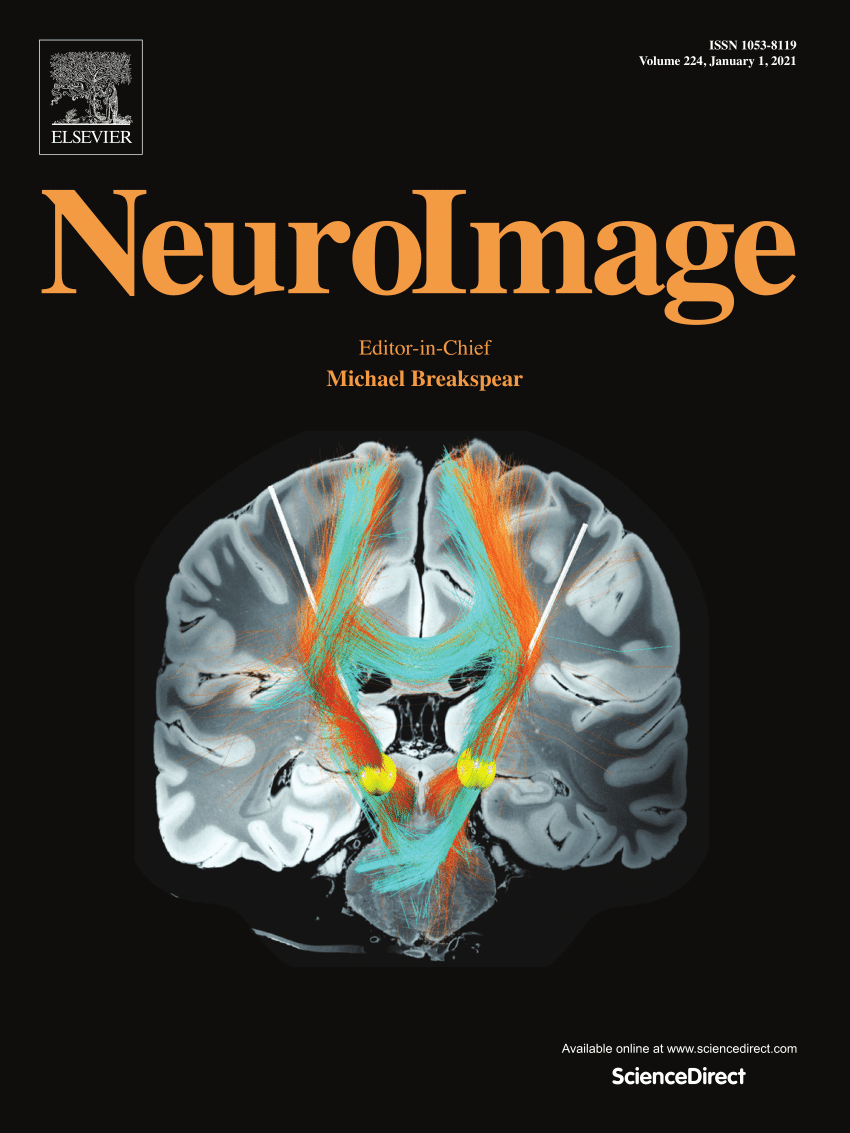Comparison of neuroprognostic performance between manually and automatically computed gray-white matter ratios on brain computed tomography following cardiac arrest: A systematic review and meta-analysis
IF 4.7
2区 医学
Q1 NEUROIMAGING
引用次数: 0
Abstract
Aim
To compare the prognostic accuracy of manually (mGWR) and automatically (aGWR) computed gray-white matter ratios on brain computed tomography for predicting neurological outcomes in adult post-cardiac arrest patients.
Methods
We systematically searched the PubMed and Embase databases from their inception to August 2024. Studies providing sufficient data on mGWR or aGWR to predict neurological outcomes in adult post-cardiac arrest patients were selected. A Bayesian bivariate random-effects meta-analysis model was used to synthesize data. Between-study heterogeneity was quantified using the I² statistic, and publication bias was assessed with Deek’s test.
Results
A total of 42 studies, involving 8104 patients, were included in the meta-analysis (mGWR: 41 studies, 6843 patients; aGWR: 5 studies, 1261 patients; 4 studies reported both mGWR and aGWR). The pooled area under the curve (AUC) for mGWR was 0.77 (95 % credible interval [CrI], 0.73–0.81; I², 100 %), with a pooled sensitivity of 0.55 (95 % CrI, 0.50–0.61) and specificity of 0.96 (95 % CrI, 0.93–0.99). For aGWR, the pooled AUC was 0.84 (95 % CrI, 0.81–0.87; I², 98 %), with a pooled sensitivity of 0.53 (95 % CrI, 0.34–0.71) and specificity of 0.95 (95 % CrI, 0.88–0.99). Subgroup analyses did not identify the source causing the heterogeneity, including brain regions for GWR calculations, GWR calculation formulas, and threshold values. No significant publication bias was found (mGWR, p = 0.28; aGWR, p = 0.79).
Conclusions
The neuroprognostic performance of mGWR and aGWR was comparable, with a slightly higher AUC for aGWR. aGWR shows potential as a standardized imaging biomarker for guiding treatment decisions.
心脏骤停后人工和自动计算脑灰质比的神经预后比较:系统回顾和荟萃分析。
目的:比较人工(mGWR)和自动(aGWR)计算脑灰质比在脑ct上预测成人心脏骤停后患者神经预后的准确性。方法:系统检索PubMed和Embase数据库自建库至2024年8月。我们选择了能够提供足够mGWR或aGWR数据来预测成人心脏骤停后患者神经预后的研究。采用贝叶斯双变量随机效应元分析模型综合数据。采用I²统计量量化研究间异质性,采用Deek检验评估发表偏倚。结果:meta分析共纳入42项研究,涉及8,104例患者(mGWR: 41项研究,6,843例患者;aGWR: 5项研究,1,261例患者;4项研究同时报道了mGWR和aGWR)。mGWR的合并曲线下面积(AUC)为0.77(95%可信区间[CrI], 0.73-0.81;I²,100%),合并敏感性为0.55 (95% CrI, 0.50-0.61),特异性为0.96 (95% CrI, 0.93-0.99)。对于aGWR,合并AUC为0.84 (95% CrI, 0.81-0.87;I²,98%),合并敏感性为0.53 (95% CrI, 0.34-0.71),特异性为0.95 (95% CrI, 0.88-0.99)。亚组分析没有确定造成异质性的来源,包括GWR计算的脑区、GWR计算公式和阈值。未发现显著发表偏倚(mGWR, p = 0.28;aGWR p = 0.79)。结论:mGWR和aGWR的神经预后表现相当,aGWR的AUC略高。aGWR显示了作为指导治疗决策的标准化成像生物标志物的潜力。
本文章由计算机程序翻译,如有差异,请以英文原文为准。
求助全文
约1分钟内获得全文
求助全文
来源期刊

NeuroImage
医学-核医学
CiteScore
11.30
自引率
10.50%
发文量
809
审稿时长
63 days
期刊介绍:
NeuroImage, a Journal of Brain Function provides a vehicle for communicating important advances in acquiring, analyzing, and modelling neuroimaging data and in applying these techniques to the study of structure-function and brain-behavior relationships. Though the emphasis is on the macroscopic level of human brain organization, meso-and microscopic neuroimaging across all species will be considered if informative for understanding the aforementioned relationships.
 求助内容:
求助内容: 应助结果提醒方式:
应助结果提醒方式:


